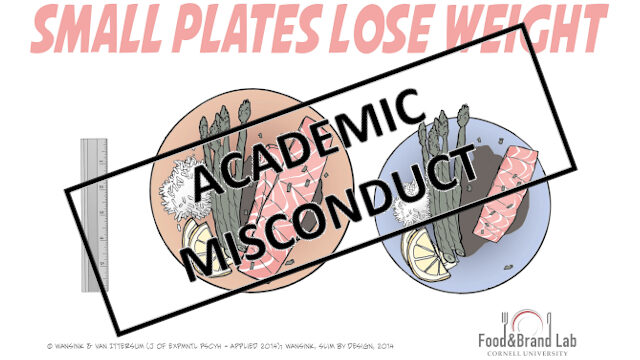
Managing in the face of complexity (part 4.3): Appropriate approaches – 3. Strategic Assumption Surfacing And Testing (SAST)
This article is part 4.3 of a series of articles featuring the ODI Working Paper A guide to managing in the face of complexity.
This section [parts 4.1 to 4.8 of the series] outlines specific methods that can be used for managing in the face of complexity. Most of these approaches were originally developed in corporate business, where the shortcomings of centralised ‘command and control’ models were first noted, but have since spread into public sector management. These approaches are aligned with the general principles for managing complex interventions outlined … [in the previous parts of this series], but each has a specific focus and is tailored for particular circumstances or purposes.
3. Strategic Assumption Surfacing And Testing (SAST)
This well-established approach is particularly suited for dealing with messy problems or problems that conceal deep divisions between those addressing it. For instance, in situations where there are two opposing views on options, with different assumptions about key stakeholder beliefs and behaviours, each faction will likely consider their option to be superior to the other. SAST relies on dialectic rather than discussion and forces people to explore their underlying assumptions, which normally remain ignored or hidden. It thus relies on openness to self-analysis and debate from the different groups involved. Rather than looking for ‘solutions’ to problems, it seeks to find ways that people can resolve, reframe and ‘dissolve’ them. It uses a mixture of multiple stakeholder perspectives, strategic questioning and dialectic and is carried out in four distinct stages1:
- Group Formation: All those who have a potential bearing on the definition – or solution – of the ‘problem’ should be brought together, articulating as many possible perceptions as can be found. These individuals are then divided into small groups with those with similar perspectives in the same group, with the aim of maximising difference of perspectives between groups. Each group’s perspective should be clearly challenged by at least one other group.
- Assumption Surfacing: Each group develops a preferred solution to the problem and analyses the assumptions for each key stakeholders needed for the solution. Then these assumptions are rated with respect to their importance (for success or failure of a solution) and their degree of certainty. Only the most significant assumptions should be retained, i.e. those that are both important and are the most uncertain.
- Dialectical Debate: The groups are brought together and each group makes the best possible case for its favoured solution, while clearly identifying the most significant assumptions it is making. Each solution is then debated from two opposing viewpoints, after the debate each group is invited to adjust their assumptions.
- Synthesis: Assumptions continue to be negotiated and modified until a list of agreed assumptions can be drawn up. The new synthesis solution should be more stable and widely accepted, bridging gaps between the initial proposals or going beyond them. If no synthesis can be achieved, points of disagreement are noted and discussed to see what might be done to resolve the differences.
Next part (part 4.4): Appropriate approaches – 4. Solution Focus.
See also these related series:
- Exploring the science of complexity
- Planning and strategy development in the face of complexity
- Taking responsibility for complexity.
Article source: Hummelbrunner, R. and Jones, H. (2013). A guide to managing in the face of complexity. London: ODI. (https://www.odi.org/sites/odi.org.uk/files/odi-assets/publications-opinion-files/8662.pdf). Republished under CC BY-NC-ND 4.0 in accordance with the Terms and conditions of the ODI website.
Header image source: pxhere, Public Domain.
References:
- Flood, R. L. & Jackson, M. C. (1991). Creative Problem Solving: Total Systems Intervention. Chichester: John Wiley & Sons. ↩





